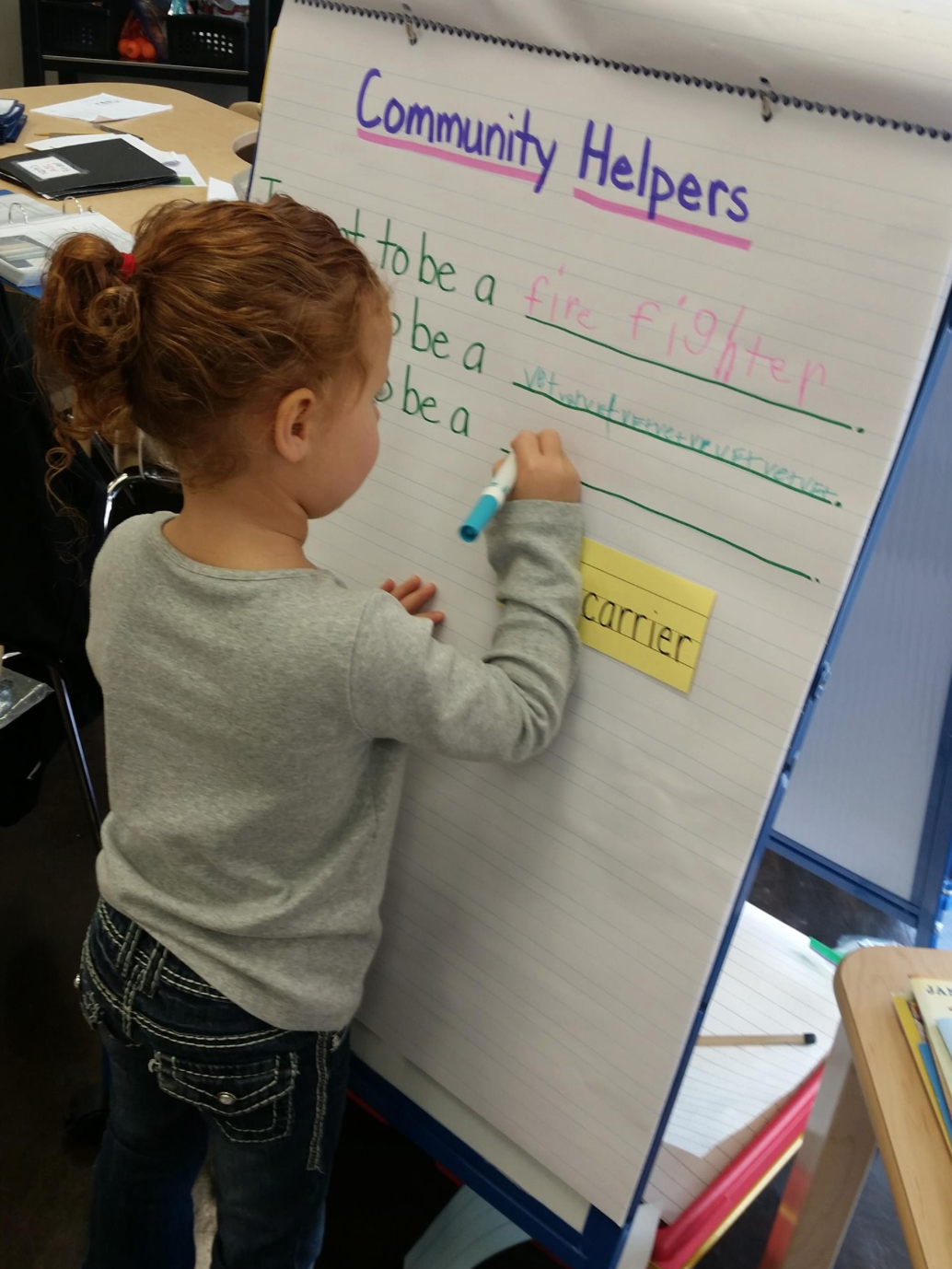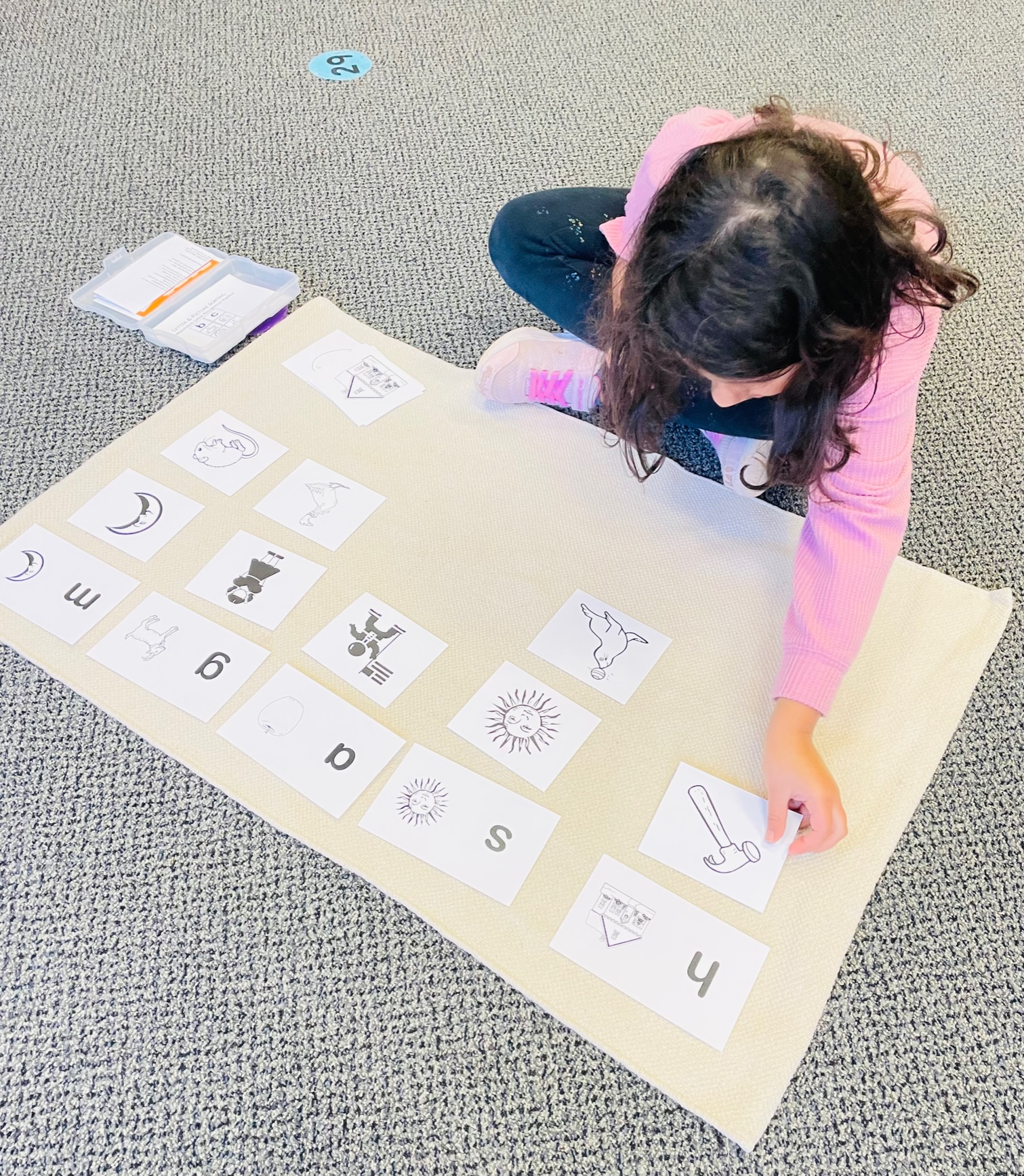Science of Reading = Readiness
“Only 1 in 3 children who enter kindergarten with below-average literacy skills will read proficiently by 3rd grade.” (brightfuturesny.com)
“1 in 6 children who are not reading proficiently by the end of 3rd grade do not graduate from high school on time.” (ies.ed.gov)
“95% or more of students can learn to read when provided with high-quality, evidence-aligned instruction. Yet many students today are not learning to read.” 95percentgroup.com
VMPS is an early adopter of Science of Reading (SOR) and has taught explicit SOR instruction in our primary classrooms (ages 3-6) since 2020. What is SOR?
SOR is a body of research spanning five decades across the world that informs the most effective way to teach learning to read. It takes into account psychology, neurology, linguistics, cognitive science, and more.
These thousands of studies have been conducted in multiple languages. SOR consists of 5 components that weave together for reading success: phonemic awareness (sounds), phonics, fluency, vocabulary and comprehension. Phonemic awareness is the 4th and final level of the phonological awareness umbrella.
Phonemic awareness and phonics are the two most overlooked components in reading programs and the duo is nearly non-existent in preschool programs - except ours.
Let's Build Your Child's Reading Skills - Birth Through Age 6
 Read Aloud - When teachers read aloud to children they build the essential framework for early literacy development, which begins with oral language development. Reading books and poems aloud to children stimulates their imagination, expands their understanding of the world, and helps them develop a stronger vocabulary for fluency and comprehension of the written word. It also helps children increase their sound awareness (critical to reading), attention span and listening skills, exposes them to a wider range of experiences and emotions, and encourages them to think more critically.
Read Aloud - When teachers read aloud to children they build the essential framework for early literacy development, which begins with oral language development. Reading books and poems aloud to children stimulates their imagination, expands their understanding of the world, and helps them develop a stronger vocabulary for fluency and comprehension of the written word. It also helps children increase their sound awareness (critical to reading), attention span and listening skills, exposes them to a wider range of experiences and emotions, and encourages them to think more critically.
Oral Language Development - Oral language is the “bedrock” of reading and writing. Children must be able to listen to and understand words before they are able to produce words and use them in proper context. Children with better oral language skills have an easier time learning how to read. In addition to reading aloud, our teachers build language through singing, narrating parts of the day and labeling the classroom (primary).
Sound Awareness - This begins in the womb! Fetuses can hear sounds in the womb around 18 weeks and they can hear sounds outside the womb around 29 weeks. At VMPS we like to say we read first with our ears. Sound awareness begins with the spoken word and read aloud daily by the parent.
For our younger children up to age three, we focus on the first two levels of phonological awareness (sound awareness). As children show readiness, we guide them through the 4 levels of phonological awareness and build towards full phonemic awareness (PA). Full PA is typically achieved towards the end of 1st grade. The four levels of phonological awareness are word, syllable, onset and rime and PA.
Beginning to Read
Once children know some sounds confidently, meaning they can identify and isolate them, we will introduce phonics (letter-sound correlation). We have a specific order in which we teach the sounds and symbols that represent them. We continue to spend ample time in levels three and four of phonological awareness while also teaching phonics.
During explicit phonics instruction, students are taught the letter or letter combinations that represent the 44 sounds or phonemes in the English Language. We use a variety of multisensory activities and carefully selected materials to provide a strong foundation in Phonemic Awareness and Phonics, preparing students with the pre-reading and beginner reading skills their brains need to read fluently later
*If your child's first language is not English, please contact our office to discuss how we can support their transition to our school.
Writing and Print Awareness
 Practical Life Area - We prepare the hand for writing by strengthening it with concrete materials other than a writing utensil. This looks like scooping, pouring, transferring, etc. Since all Montessori work is concrete, all five areas of the classroom promote fine motor development for writing.
Practical Life Area - We prepare the hand for writing by strengthening it with concrete materials other than a writing utensil. This looks like scooping, pouring, transferring, etc. Since all Montessori work is concrete, all five areas of the classroom promote fine motor development for writing.
Language Arts Area - We begin with the sandpaper letters to develop proper letter formation. Children use the metal insets and the varying levels of difficulty to further develop control. Finally, they practice tracing and independent writing.
Print Awareness - Creating a literacy-rich environment requires books. Books are accessible to children at all times. We display books on a low shelf, teaching how to choose, handle, carry, hold and care for a book. Children learn the parts of a book and the different components of the page.
Early Intervention
Our teachers area skilled at recognizing when a child may have a learning barrier and we work with parents diligently to uncover those barriers with the help of our therapy partners, the child's school district and state early intervention agencies.

